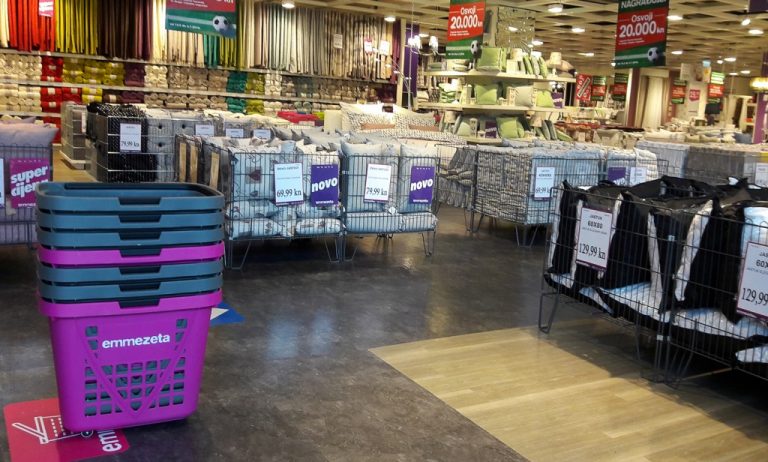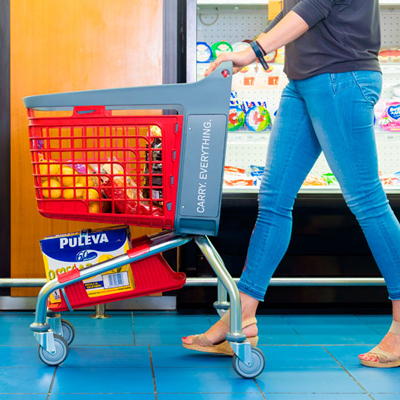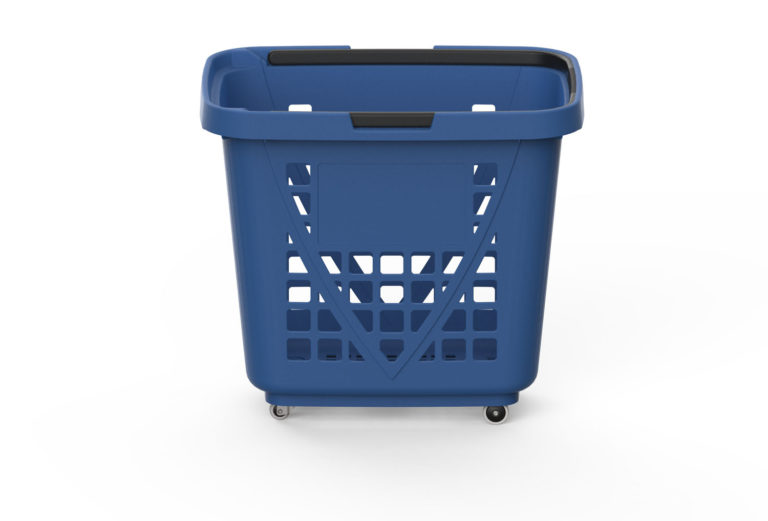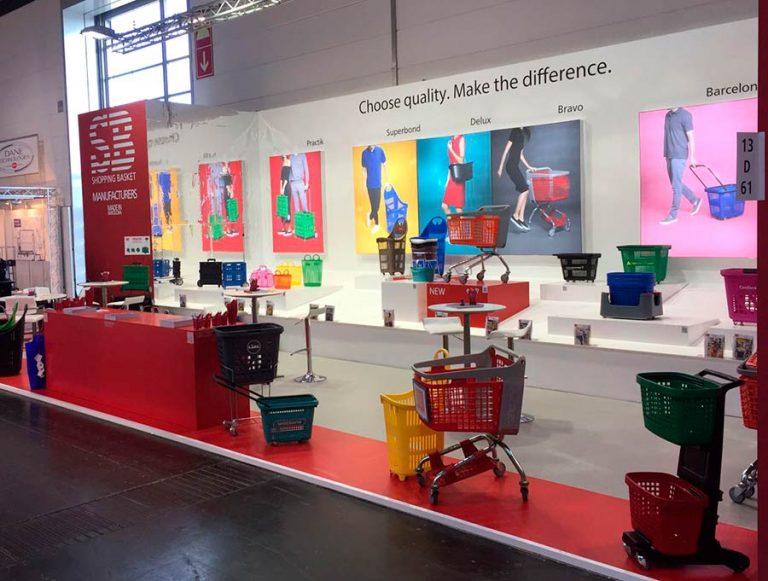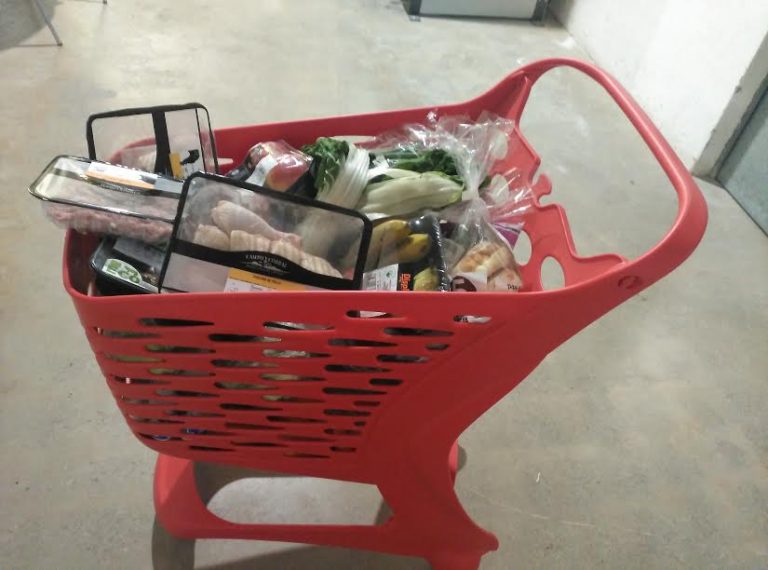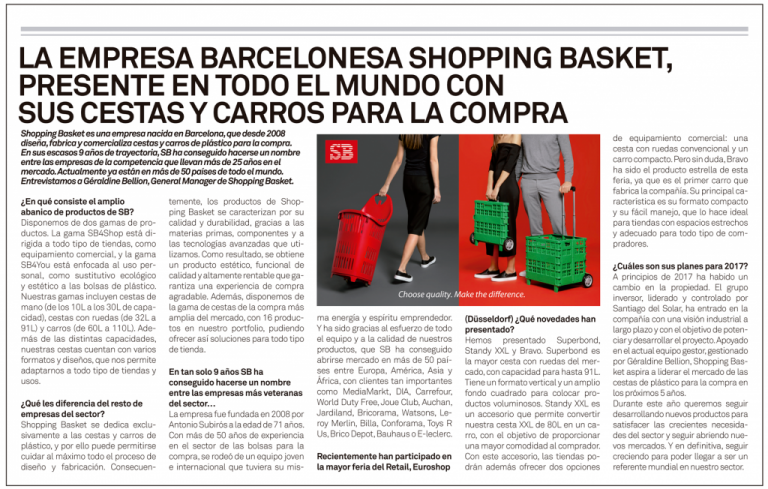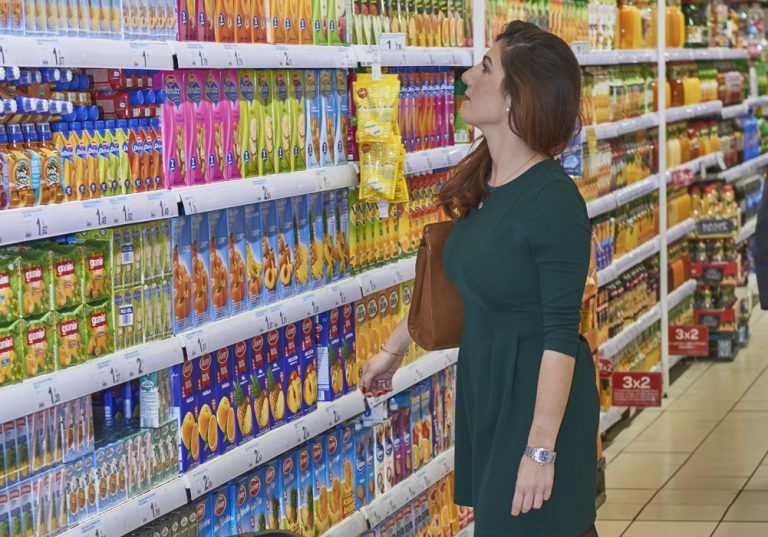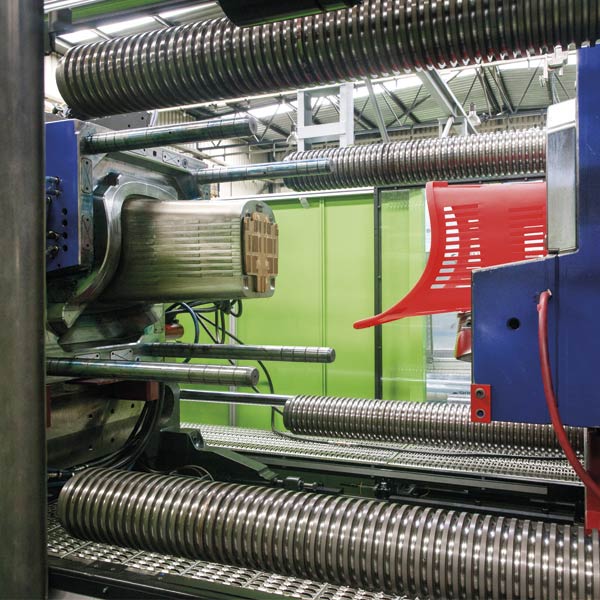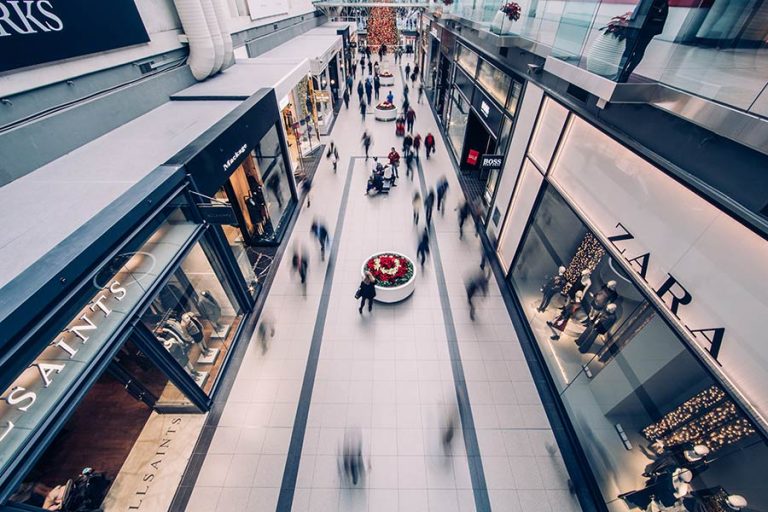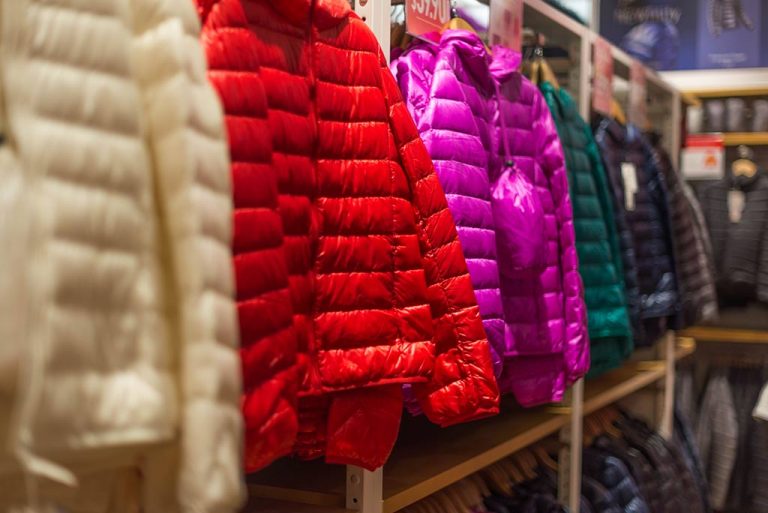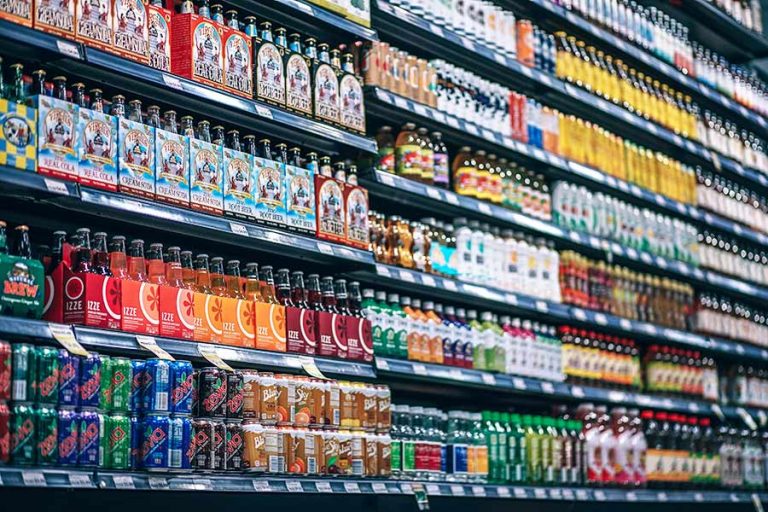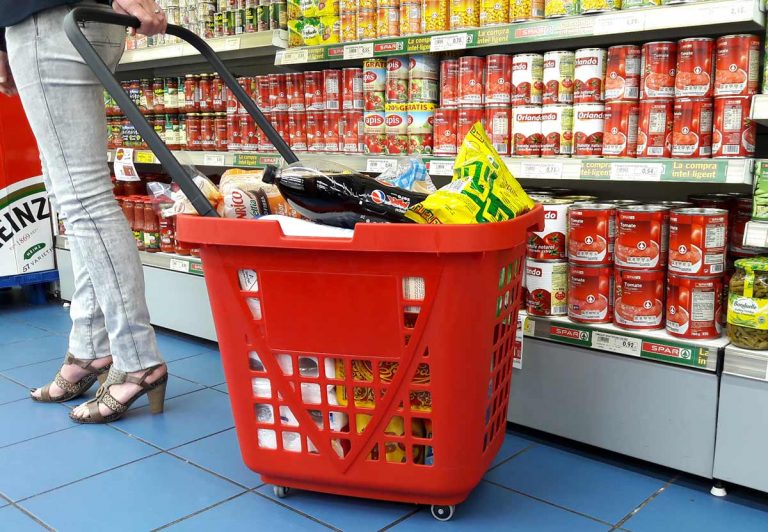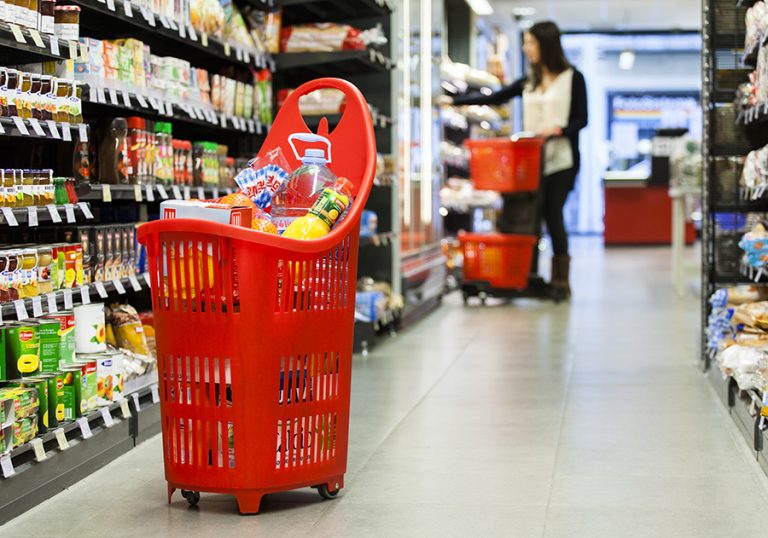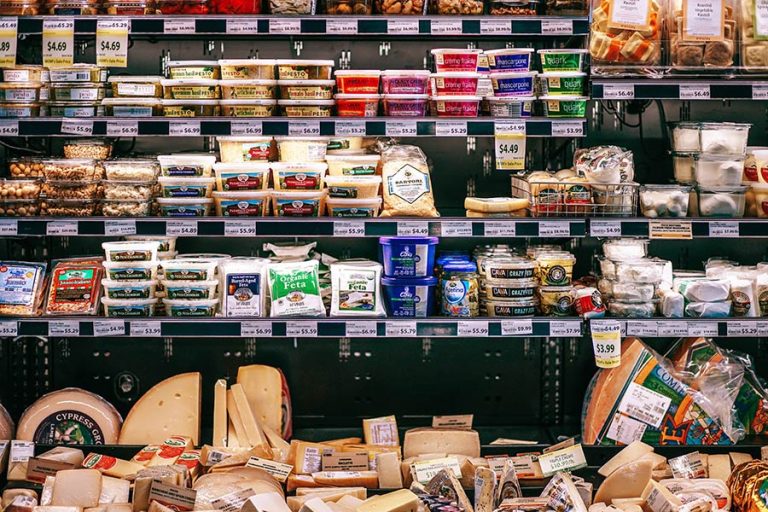Sustainable Transformation in Logistics: Meeting Agenda 2030 Regulations for a Greener Future
The UN’s Agenda 2030 and the SDGs have been driving an increasingly pivotal transformation in business operations across Europe; logistics is no exception. Warehouse management and online order fulfillment houses prepare for the greatest changes ever. In addition, sustainability will become mandatory for organizations to transition to renewable energy sources, automate key processes, and reduce their carbon footprint. This evolution into greener operations meets the strict sustainability regulations in logistics but also opens ways to enhance efficiency and competitiveness in the marketplace, increasingly sensitive to environmental impact.
Presented below are highlights of major steps these companies will have to take to comply with the regulations on sustainable logistics:
- Sustainable Transports: Adoption of electrical or hybrid vehicles, also alternative fuels, and route optimization that could minimize CO₂ emissions. AI and data analysis will be used to maximize transportation efficiency.
- Warehouse Optimization will surely be reached by the installation of renewable energy sources, such as solar panels, and technology enhancements to improve energy consumption. Automation of such warehouses with certifications in sustainability standards, such as BREEAM, means satisfying regulations on sustainable logistics.
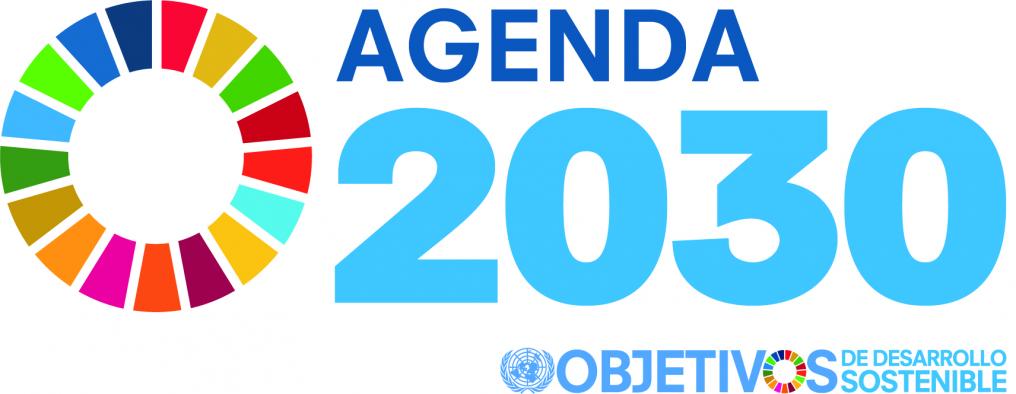
- Sustainable Packaging: Promoting the use of recyclable and biodegradable materials in packaging with return strategies for reuse will help not only to achieve regulatory requirements but also improve brand image.
- Complying with Environmental Regulation: Chief companies must comply with green logistics, involving carbon footprint and environmental standards; incentives or penalties will be distributed concerning the level of their sustainability.
- Promotion of Green Technologies: AI and blockchain will facilitate demand management, making supply chains more transparent, with a view to compliance with sustainable logistics regulations.
- Consumer Behavior: Also, the trend of consumers is changing; they require ‘green’ products and ways of delivery, which again has been a driving factor for companies to alter and align themselves with sustainable logistics regulations.
- Warehouse Decentralization: Regional warehouses will reduce carbon footprint and ensure faster, cleaner delivery.
- Automation of Logistics Processes: Automation will optimize the use of space, resources, and energy in warehouses, improving compliance with sustainable logistics regulations.
Sustainable Packaging and Its Role in Sustainable Logistics
Undoubtedly, sustainable logistics without a crucial approach towards packaging are unthinkable. It is the use of recyclable and biodegradable materials that will orient companies along the lines of the said circular economy. Reusable packaging is what the 2030 Agenda promotes to cut down on garbage and its impact on the environment. Some of the benefits derived from making use of reusable packaging include a reduction in the amount of solid waste, cost-effectiveness in the long term, improvement in brand image, and a carbon footprint decrease.
Advantages and Examples of Reusable Packaging in E-commerce
- Solid Waste Reduction: Reduces waste generated due to expendable packaging.
- Long-term Savings: Reusable packaging does generate long-term savings even if preliminary investments are higher.
- Improved Brand Image: Compatibility with sustainable practices enhances brand image amongst environmentally conscious consumers.
- Reduced Carbon Footprint: Smaller quantities of the new material must be produced and shipped, reducing the emission of greenhouse gases.

Examples:
- Reusable Boxes: Reusable boxes are made from material that already is recycled, returns to the warehouse, and goes out with the next shipment. Example Use Case: ReBasket.
- Fabric/Polyester Bags: These are types of reusable bags that one can easily return, such as those by Loomish, at cheaper transport costs.
- Returnable Incentive Packaging: Companies like Leclerc use their product line, ReBasket, to offer customers savings if the packaging is returned.
These examples are practical applications of reusable e-commerce packaging, showing how companies can reduce their waste, become more sustainable, and similarly encourage their consumers to do the same.
Sustainable Legislation for Logistics and Future Opportunities
Setting up sustainable legislation in logistics, where European companies are concerned, is an opportunity and at the same time a challenge. Measures ranging from sustainable transport and packaging to de-centralizing and automating warehouses will allow these companies not only to meet regulatory requirements but also to continue improving their competitiveness and enhancing the brand image in markets increasingly attuned to questions of sustainability.
Only then, with a joint technology integration and inter-firm collaboration embarked on by the logistics firms, can the introduction of logistics regulations aimed at sustainability transform the sector. Sustainability in this regard will only further lead to a more efficient, lucrative, and stronger logistics system faithful to these goals set by the 2030 Agenda.
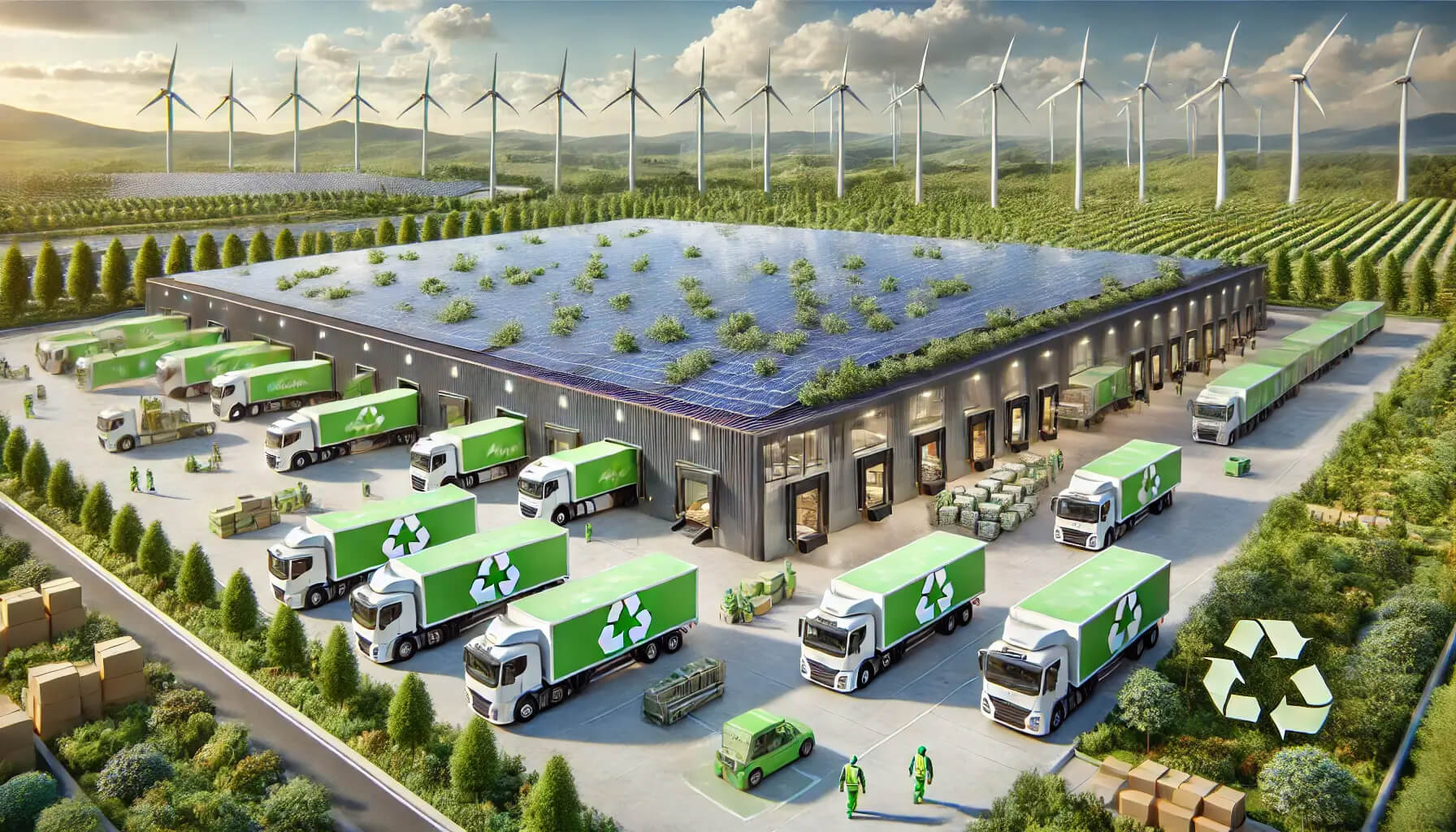
 Sign up for our newsletter and be the first to receive our articles!
Sign up for our newsletter and be the first to receive our articles!
